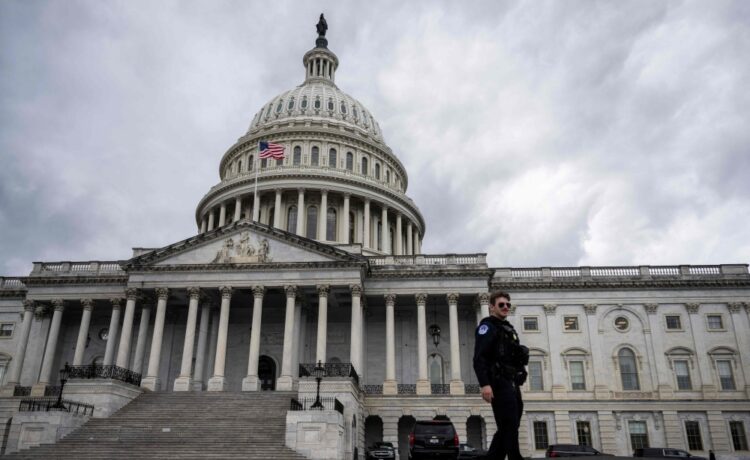SINGAPORE, Nov 10 — The US dollar held firm in early Asian trading today as a string of weak economic data revived global growth worries, though signs that Congress may be edging closer to a deal that could reopen the US government blunted its safety bid.
The dollar index, which tracks the greenback’s strength against a basket of six major currencies, rose 0.2 per cent to 99.740, snapping a three-day losing streak, as the yen and the euro lost ground.
Bipartisan talks in the US Senate to end the federal shutdown appear to have taken a positive turn, Senate Majority Leader John Thune said, while the US Senate moved toward a vote later on Sunday on reopening the federal government with funding measures through January.
“This is just in the nick of time,” said Tony Sycamore, market analyst at IG in Sydney. “The retreat we saw in the US dollar into the end of last week probably continues now.”
On Friday, the University of Michigan’s consumer sentiment index weakened to its lowest level in nearly 3-1/2 years in early November, close to its all-time nadir, as the US government shutdown stretched into the longest in history.
“The consumer confidence data was a shocker and pretty clear evidence that the shutdown was affecting households, so this does alleviate the damage that’s been done,” Sycamore added, referring to the prospect of an end to the shutdown.
Against the yen, the dollar fetched ¥153.82 , up 0.3 per cent from late US levels, following comments from Japanese Prime Minister Sanae Takaichi late last week that her government will ditch the current annual fiscal target in favour of one that measures spending through several years, watering down the country’s commitment to fiscal consolidation.
The Bank of Japan’s summary of opinions today also said that the “fog surrounding Japan’s economic outlook has begun to clear compared with July.”
Traders are assessing the impact of US President Donald Trump’s economic policies, which had sparked a rush of production earlier in the year ahead of a US deadline to implement tariffs on foreign imports. Data over the weekend showed Chinese consumer price inflation rose more quickly than expected, which followed on the heels of the government reporting the biggest drop in exports since February.
“We expect a renewed downshift in Asia’s economic growth now that export front-loading has largely run its course,” Eric Robertsen, global head of research and chief strategist at Standard Chartered Bank, wrote in a research note. “And with the region’s rate-cutting cycle nearly complete, we expect inflows to local assets to slow,” he said.
“We also see a risk that the abundant global liquidity that has supported global assets in 2025 could become less supportive in 2026,” he added. “This may suggest further gains for the US dollar over the next 12 months.”
Trading of Fed funds futures implies a 67 per cent probability of a 25-basis-point cut to interest rates at the Federal Reserve’s next meeting on December 10, unchanged from Friday’s levels, according to the CME Group’s FedWatch tool.
The euro was 0.1 per cent weaker at US$1.155, while sterling changed hands at US$1.314, 0.2 per cent softer on the day.
The offshore yuan was at 7.1261 against the dollar, unchanged in early Asian trade.
The Australian dollar was last 0.1 per cent firmer at US$0.6502, while the kiwi slipped 0.1 per cent to US$0.56265. — Reuters





